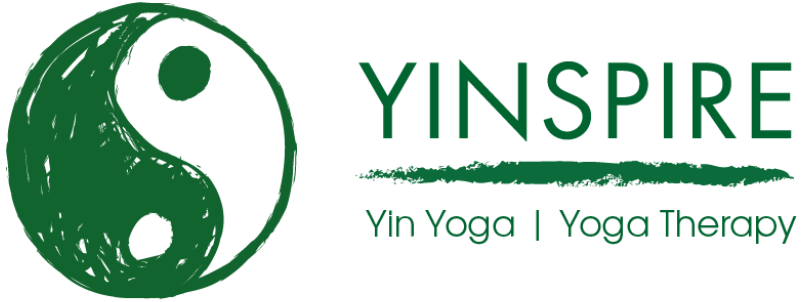One of the attractions of Yoga for me has been its capacity to help with emotional and physical balance – the Yin and Yang of life I suppose. Our modern lives are busy, we tend to get blown all ways and over stimulated by the onslaught of email, text, social media, 24-7 news, et al, and from this its little wonder that our emotions can get out of balance.
A discipline like yoga helps tremendously with this balance on a daily basis, but despite this sometimes imbalance builds up and we need a more targeted response over weeks, months, maybe years, to restore our equilibrium – its here that the techniques of this book – restorative yoga – come into play.
This type of yoga isn’t about speed, strength, flexibility or dexterity, it’s not about shaping yourself like a pretzel or playing the edge between yoga and acrobatics. It’s about slow supported postures, gently opening the body, bypassing some of the narrative of the mind to allow the body to release its physical and mental tensions.
The book is written for both yoga teachers and practitioners, and covers both theory and practice in a readable accessible way.
The book concentrates on anxiety and depression, considered to be the constituent causes of most all imbalances both in the mind and body.
The theory section looks at the the causes and symptoms of of anxiety and depression – both in mind and body – and ways that emotional patterns can be reset, along with yogas possible role – some simple breathing exercises and physical postures are given in each theory chapter, interspersed with case studies and personal check lists – the right balance between abstract theory and personalised theory.
In the practical section some simple restorative posture sequences are outlined, with variations depending on emotional type – depressed body, depressed mind; anxious body, anxious mind; anxious body, depressed mind; depressed body, anxious mind. The postures and sequences aren’t new, and will be familiar to anyone experienced in restorative yoga, but theres little point in re-inventing the wheel, and these are time honoured practices for nurturing ourselves. However the author brings a new slant to describing them and linking them together practically, such is the skill of any good teacher putting a new slant on established material.
The suggested routines and postures are never going to be a quick fix panacea, such is the nature of yoga when used this way – but provide the building blocks for consistent practice on the journey to balance.
So, this isn’t one of those set-the-world-on-fire-books, more a useful reference book for teachers, and a useful practical manual for those finding life out of balance and looking for some assistance from yoga. Its well written, clear, and for me, worth the reading time and a place in my reference library.
It can be purchased on Amazon, and if you use this link, Yinspire earns a small commission.
